The Best Budget Android Phones of 2024
You don't have to spend a thousand dollars on a high-end flagship to enjoy a good phone experience. Thankfully, many budget Android smartphones focus on performance and essential features without costing an arm and a leg.
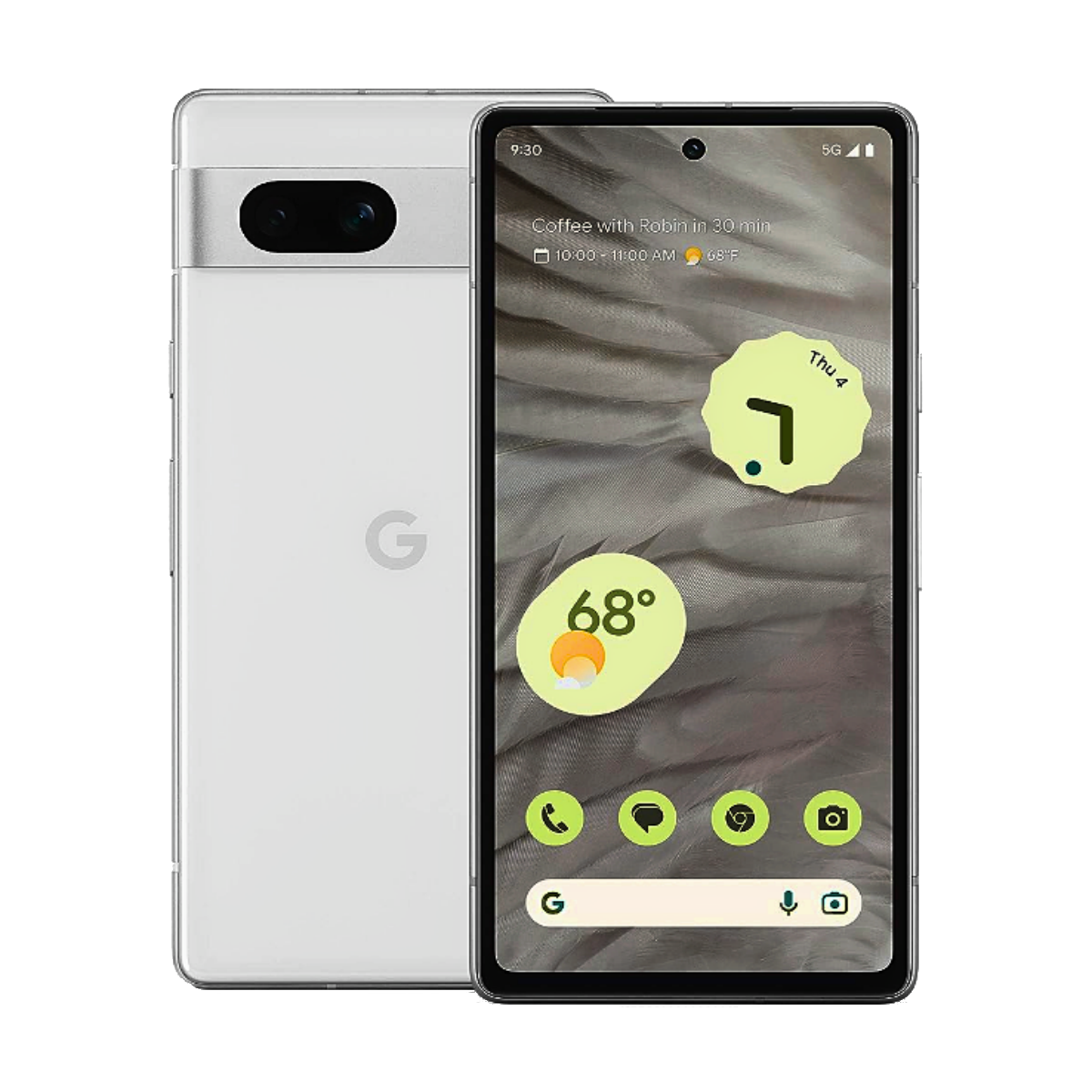
Google Pixel 7a
Best Overall $475 at Amazon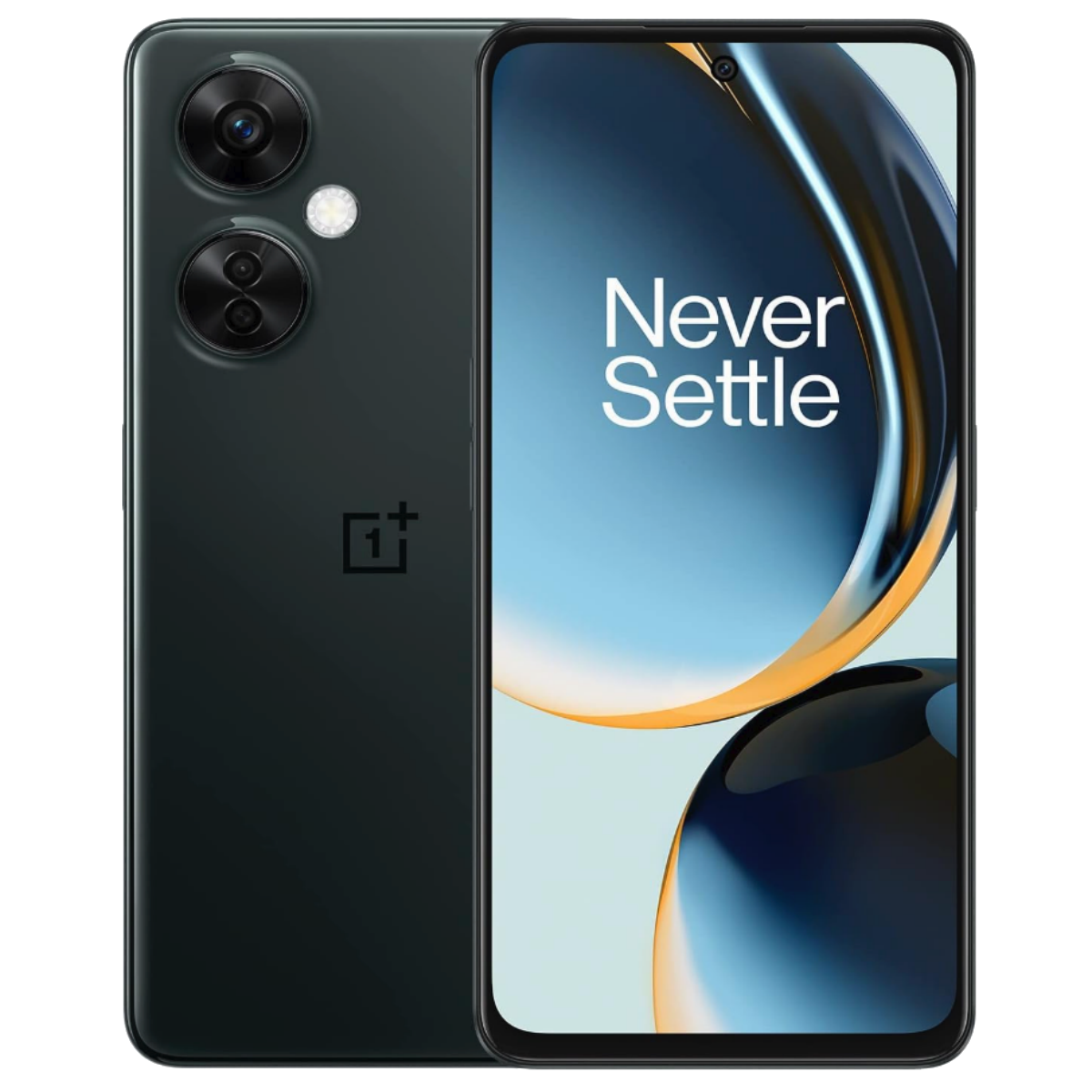
OnePlus Nord N30 5G
Best Under $300 $300 at Amazon
Moto G Play (2024)
Best Under $200 $130 at Amazon
Samsung Galaxy A54 5G
Best Camera $287 at Amazon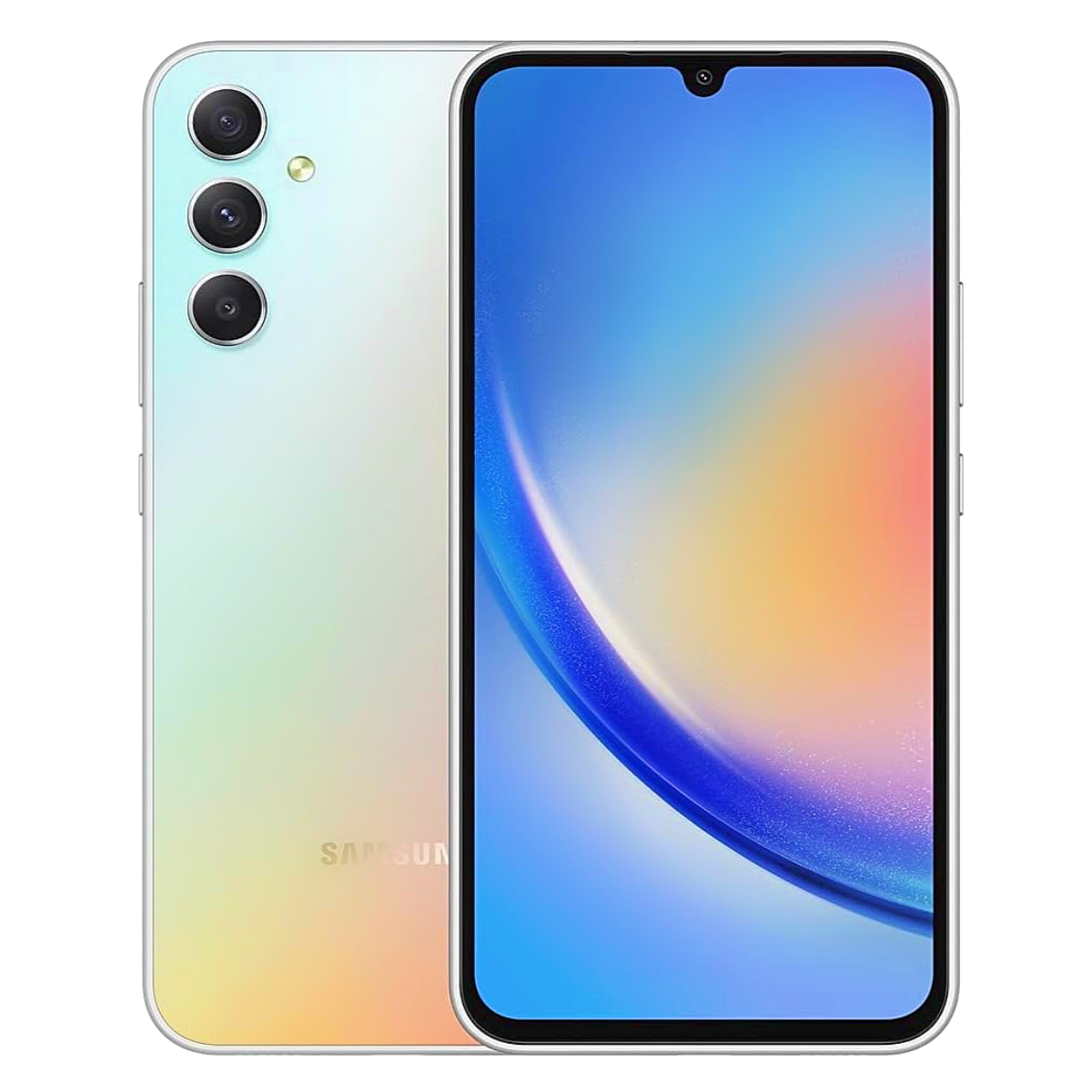
Samsung Galaxy A34 5G
Best Battery Life See at Amazon
Best Budget Android Phone Overall: Google Pixel 7a
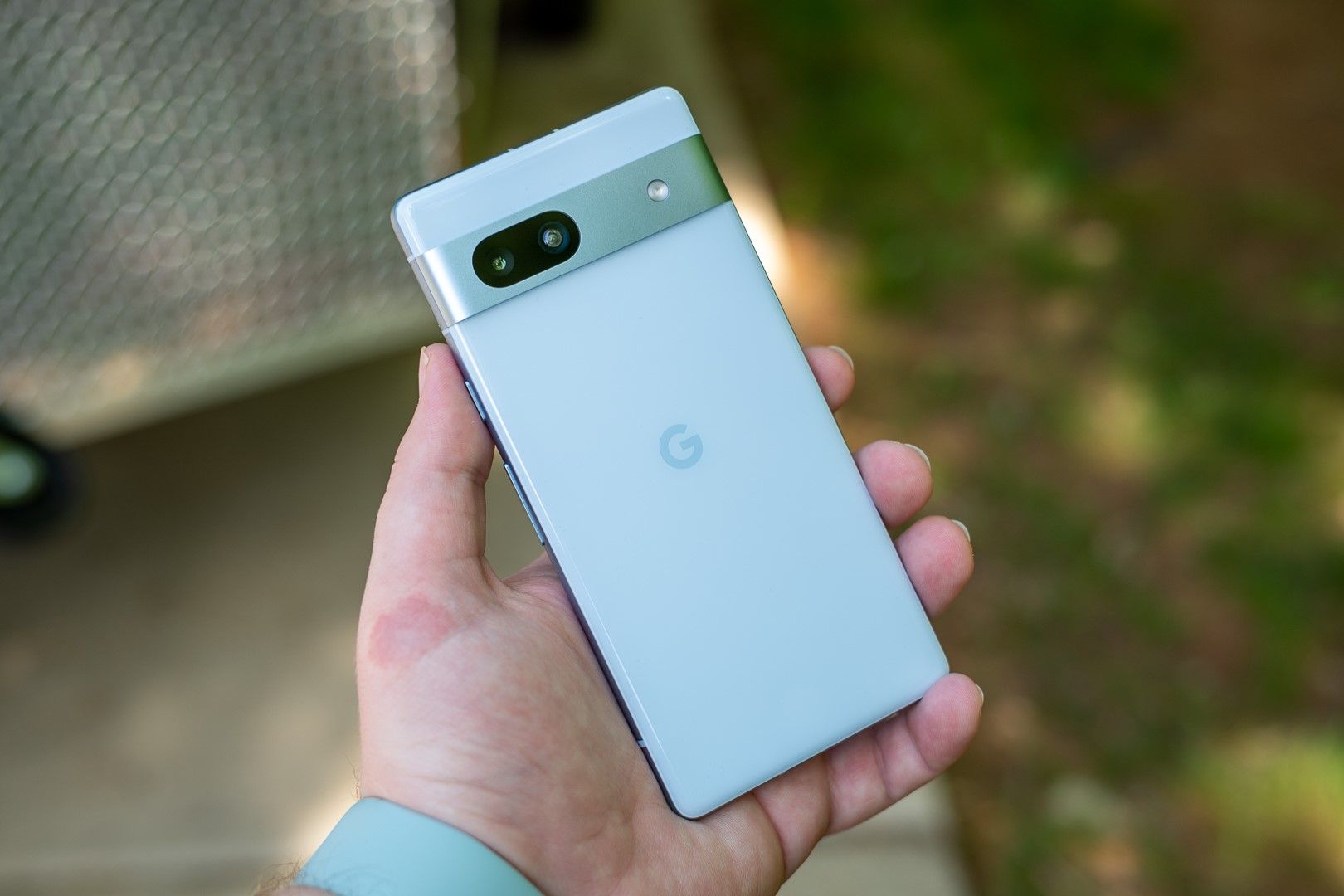
The already affordable Google Pixel 7a has become even cheaper since the launch of the Pixel 8 series and the upcoming release of the Pixel 8a. However, this phone still packs a mighty punch and is the best phone you can find in a budget-friendly price range.
The Pixel 7a is powered by the Tensor G2 chip and features 8GB of RAM and 128GB of internal storage. You’ll get a Full HD 90Hz display with 24-hour battery life, IP67 dust- and water-resistance, and, best of all, an impressive 64MP primary camera backed up by a useful 13MP ultrawide.
 Best Overall
Best OverallGoogle Pixel 7a
$475 $499 Save $24The Google Pixel 7a is one of the best choices among Android phones out there and is now considered an excellent budget choice since the release of the Pixel 8 range. It packs a nice-looking display, an all-day battery, good chip performance, protection from the elements, and one of the best cameras you can find on a budget.
Pros- Outstanding cameras
- Strong processing performance
- Wireless charging
- Compact, robust build
- Nice display
- No headphone jack or microSD card slot
- Relatively slow charging
- Storage options are limited to 128GB
Best Budget Android Phone Under $300: OnePlus Nord N30

The OnePlus Nord N30 just makes it into the under $300 range and justifies its inclusion with several features you wouldn’t normally expect at this price point. Among them are fast 50W wired charging, a high-resolution 108MP primary camera with electronic image stabilization, and a nice 16MP selfie camera.
The Snapdragon 695 5G chip and 8GB of RAM combine to provide snappy performance. In addition, you get a sharp display with an adaptive 120Hz refresh rate and a 240Hz touch response for smooth scrolling and rapid responses. It also boasts a decent 680-nit peak brightness, allowing you to see the display easily on a sunny day. It’s an excellent budget Android phone for everyday tasks, and the excellent all-day battery life is a welcome bonus.
 Best Under $300
Best Under $300OnePlus Nord N30 5G
The OnePlus Nord N30 beats the $300 threshold and is an impressive addition to the budget Android phone collection. On top of a high-performance battery, you also get a high-resolution camera rarely seen in the budget range. Performance is speedy, as is the wired charging, which all adds up to terrific value.
Pros- Headphone jack and microSD card slot
- 5G connectivity
- 120Hz display
- Sleek and sturdy build
- Good camera quality
- No IP rating
- Only a 128GB storage option
- No ultrawide camera
- Only one OS upgrade
Best Budget Android Phone Under $200: Moto G Play 2024
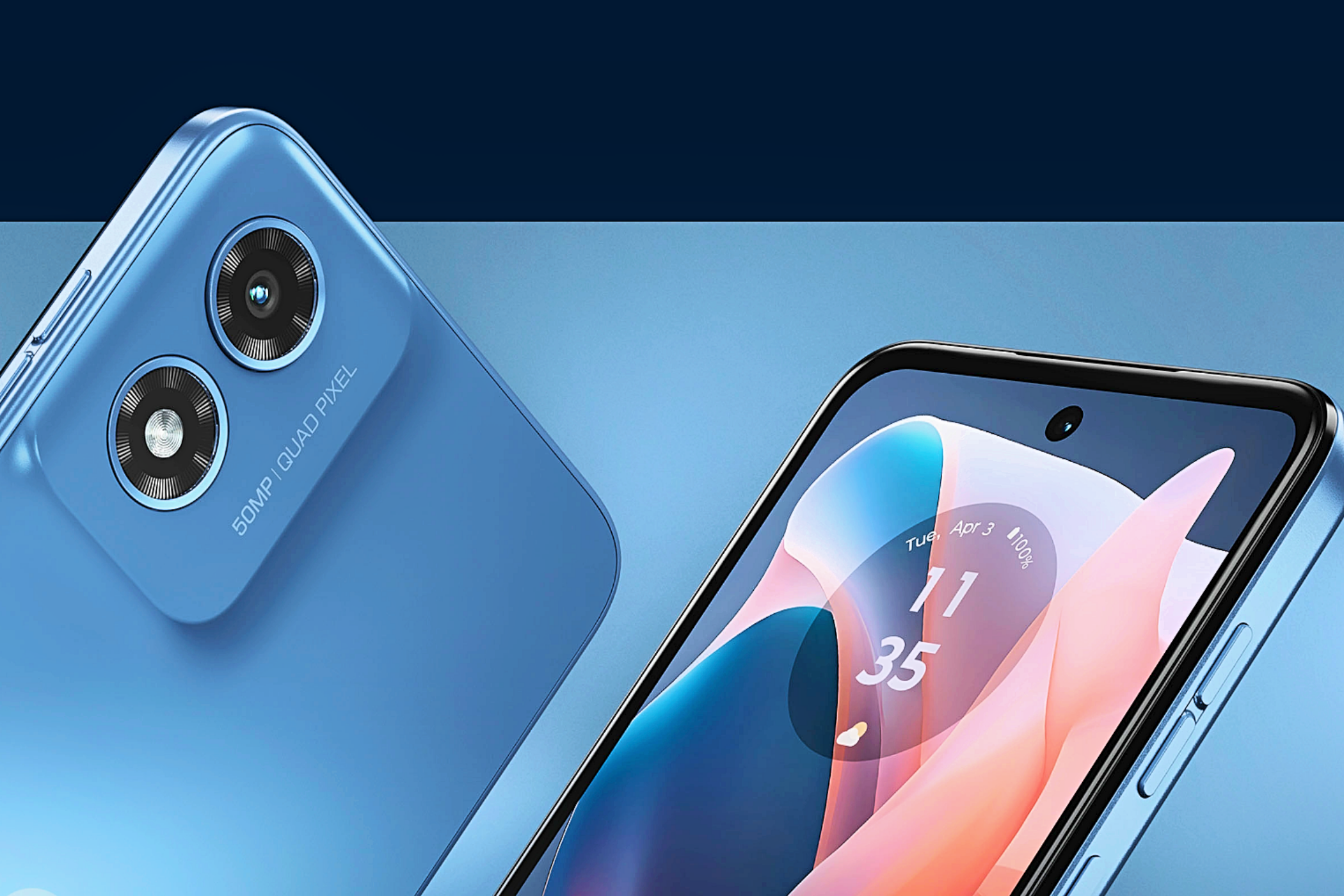
Despite the incredibly pleasing price tag of the Moto G Play, Motorola has offered significant updates to the 2024 model, which makes it among the top choices of Android phones with unbeatable value.
Among the notable updates are a new Snapdragon 680 chipset that leaves the 2023 model in its wake. And, while still relatively modest, you now get 4GB of RAM and 64GB of storage, and you can update the latter to up to 1TB via a microSD card.
If that’s not enough, you get a 50MP camera that delivers better quality than you might expect and a battery life that can provide power for almost two full days.
 Best Under $200
Best Under $200Moto G Play (2024)
$130 $150 Save $20Motorola updates the Moto G Play for 2024, and this wonderfully inexpensive camera now boasts faster performance and better storage. The superb battery life remains its most prized asset, and the camera delivers better images than you might expect in this price range.
Pros- Tough Corning Gorilla Glass 3 screen
- IP52 protection
- Headphone jack and MicroSD card slot
- 90Hz refresh rate
- Not ideal if you want to play games
- 720p display
Best Budget Android Camera Phone: Samsung Galaxy A54
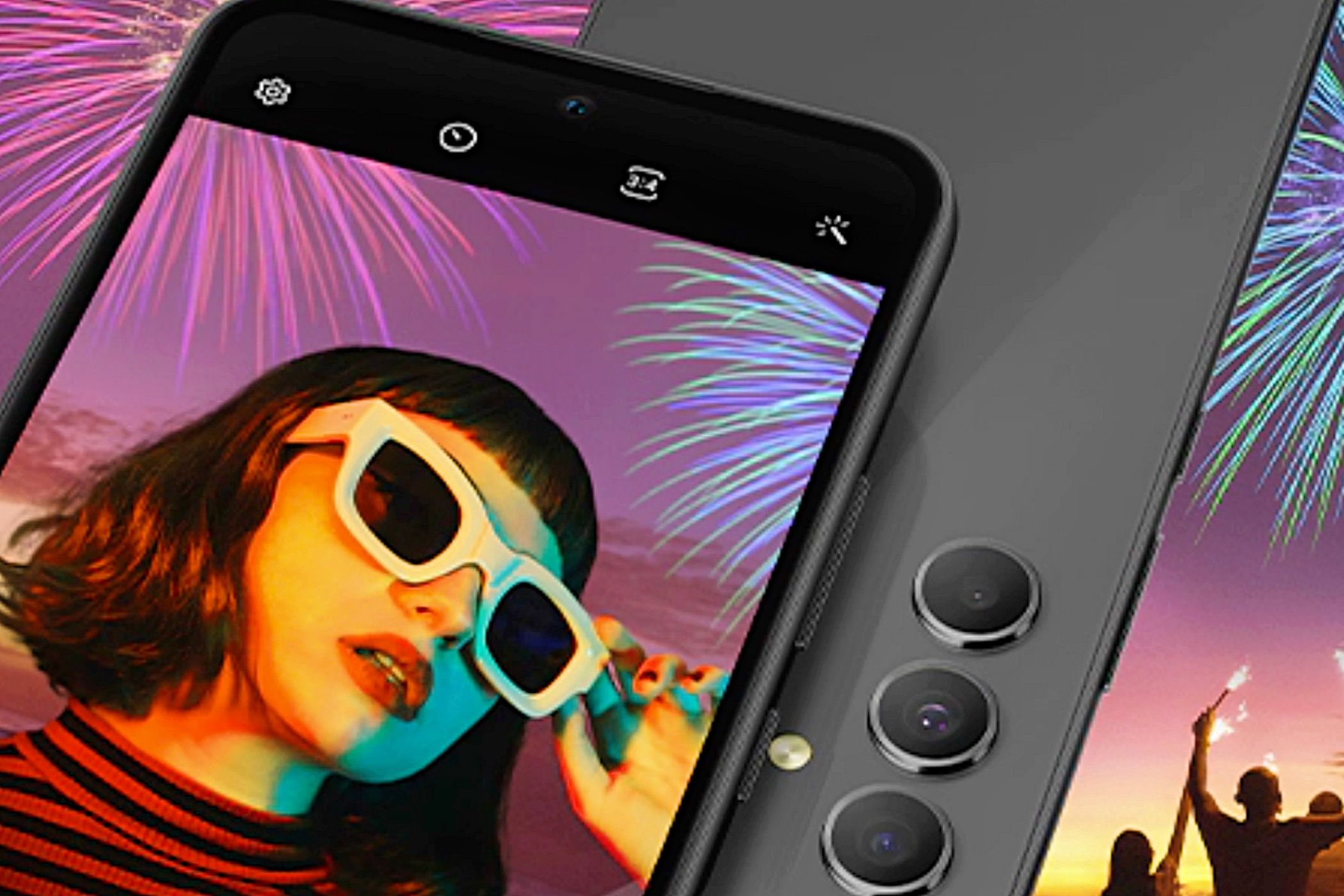
The Samsung Galaxy A54 is one of the better Android phones for photography in this price range. It features a 50MP primary camera that delivers images with good saturation and contrast and, with its f/1.8 aperture, does a decent job in challenging light.
You also get a 32MP front camera, ideal for the selfie-loving generation, while a decent ultrawide and a 5MP macro lens complete the group. Video-wise, it’s 4K all the way, with both front and rear cameras offering 30fps, although stabilization is only available at 1080p.
Not only is the A54 an excellent shout for its cameras, but it also offers features like a 120Hz Super AMOLED display, top-notch battery life, and a rare-at-this-price IP67 rating for peace of mind when snapping away at the beach or pool.
 Best Camera
Best CameraSamsung Galaxy A54 5G
$287 $450 Save $163As well as being a top-notch choice for shutterbugs and selfie lovers, the Samsung Galaxy A54 offers a sharp display, a waterproof design that shields against dust, and a pleasing battery life.
Pros- Great battery life
- 5G and Wi-Fi 6 support
- Great cameras with 4K video and awesome selfie quality
- MicroSD card slot
- Video stabilization is only offered when shooting 1080p
- No charger in the box
- Slow 25W charging and no wireless option
- No headphone jack
Best Budget Android Phone for Battery Life: Samsung Galaxy A34
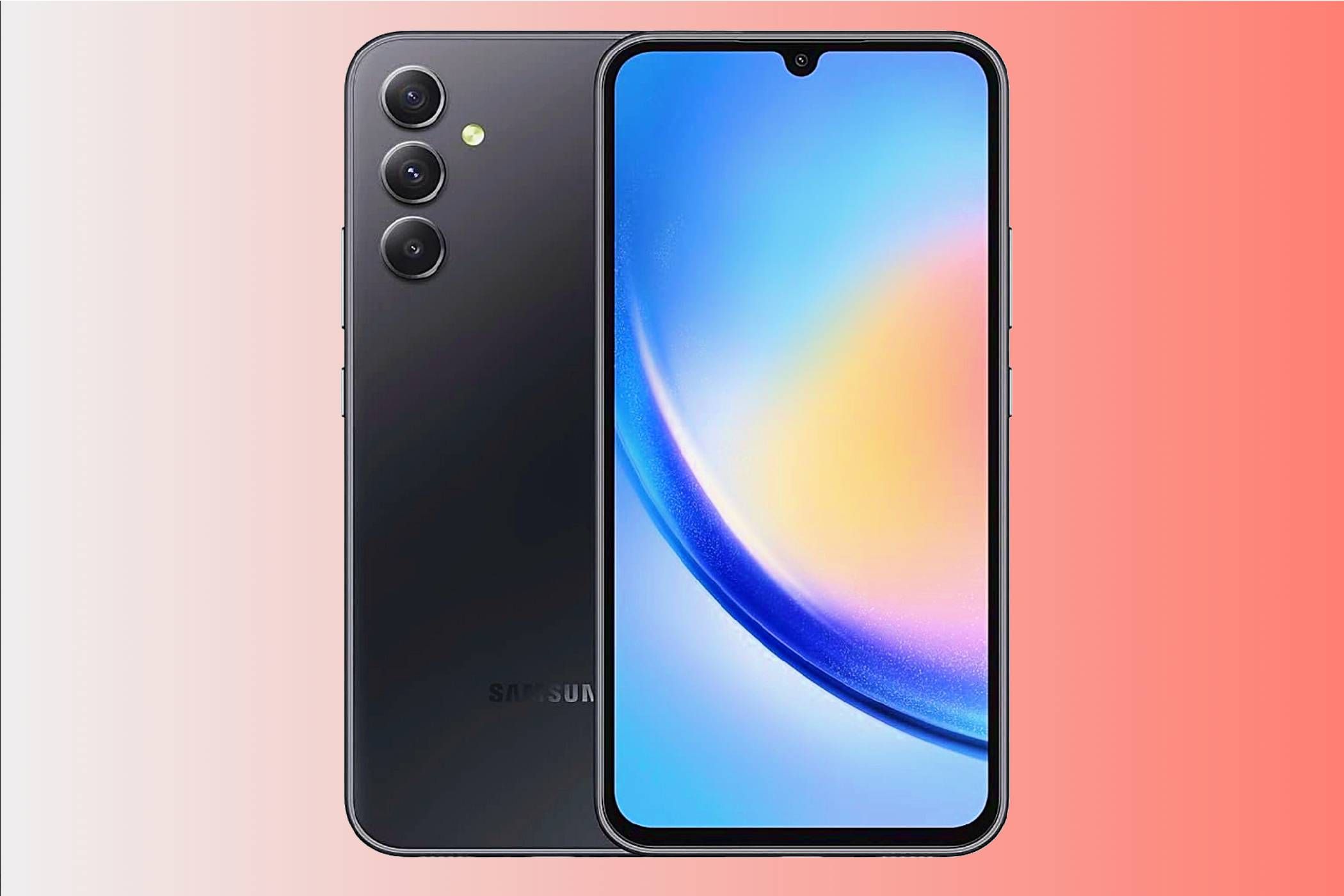
While the Samsung Galaxy A34 doesn’t boast the selfie capability of the A54, it still has a decent camera. It also has a superior battery life and is available at a lower price point. In fact, it’s possible to get more than two days out of the battery, depending on your usage, making it a fine choice if this is what you prioritize.
However, that’s not all it has going for it. The A34 boasts a 120Hz Super AMOLED display with enough luminosity for sunny-day viewing. Furthermore, its stylish design gives off a flagship vibe, while it also boasts an excellent IP67 rating protecting against dust, drops in the bath, and inclement weather.
This model has 6GB of RAM and 128GB of storage, but there is another model with 8/256GB for faster performance and more capacity.
 Best Battery Life
Best Battery LifeSamsung Galaxy A34 5G
The Samsung Galaxy A34 rivals the A54 in terms of quality, but it beats it when it comes to battery life. It boasts a similar AMOLED display and its robust yet stylish build protects against the elements.
Pros- Tough Gorilla Glass 5
- 4K video on front and rear cameras
- Good audio quality
- 5G connectivity
- MicroSD card slot
- No automatic refresh rate switching
- Charger not included
- No 4K video stabilization
FAQ
Q: How do I unlock an Android phone?
If you have forgotten your password and haven’t set up any biometric access, you might find yourself locked out of your Android phone. Chances are, you’ll have to perform a factory reset. However, you can make life easier by scheduling regular backups of your phone’s data. Failing to do so means you will likely lose a lot of your precious data, although you may be able to recover some.
If you’re lucky enough to be the owner of a Samsung phone, you may not have to perform a factory reset after all.
Q: How do I find a lost Android phone?
The easiest way is to enable “Find My Device” before you lose the phone. You’ll need to be signed in to a Google account (on your device and the browser you use to locate it) and have your phone’s “Location” feature turned on. You can also turn on “Store Recent Location.” This allows you to access its last known whereabouts if it becomes disconnected.
On a browser, do a simple Google search for “find my Android.” If that doesn’t work, there are other ways to locate a lost Android phone.
Q: How do I transfer data from an iPhone to an Android phone?
Transferring data from iPhone to Android is relatively simple. You can do it using a cable or via Wi-Fi. However, using a cable is the fastest method and will transfer the most data. For most iPhones, you’ll need a Lightning to USB-C cable. However, Apple started using USB-C with the iPhone 15, so use a USB-C to C if you have one of those.
First, ensure both devices are fully charged and your Android has enough storage to accept all the data you want to transfer. Then, simply connect the two devices with the compatible cable and follow the on-screen prompts on your Android. You can select which data types you want to transfer and then simply wait for the data delivery to complete.
If you don’t have a cable and your Android phone runs on Android 12 or later, you can use Wi-Fi. However, this will only allow you to transfer contacts, calendar events, photos, and videos. Make sure your iPhone is updated to the latest software, too. Turn off iMessage and keep the two phones close to each other during the transfer.
Turn on your new Android device, tap “Start,” and then connect to Wi-Fi. Choose what you want to copy from your iPhone. Select “No Cable,” then tap “Switching from iPhone.” You’ll then need to log on to your Google account and scan the QR code with your iPhone camera. Ensure your iPhone is connected to the same Wi-Fi network, then download and open the Switch to Android app and follow the on-screen instructions.
Alternatively, you can upload your iPhone data to a secure cloud storage and download it to your Android using an app like MobileTrans App.
Q: Is an Android phone good for gaming?
Yes, many Android phones can handle gaming. However, there are pros and cons, and to get the best experience, you should pay attention to your Android phone's specs. If you want to play action or sports games, it’s best to have a display with a high refresh rate, such as 90 or 120Hz, for smooth-flowing action.
You’ll want the resolution to be at least Full HD, too. You’ll also need an Android with a decent processor and at least 6-8GB of RAM. There are other tips you can follow to optimize your Android for gaming and make the whole experience more enjoyable.
Gaming usually drains the battery life significantly more quickly, too. So opt for an Android with a large battery or learn ways to extend its life.
Q: How important is RAM in a smartphone?
When choosing a smartphone, it’s essential to consider the RAM. Power users, such as multitaskers, gamers, content creators, and editors, will need more RAM. It would be best to look for a minimum of 8GB, but the more your phone has, the more apps you can run simultaneously with quick loads, smooth running, and infrequent crashing.
However, if you are a casual smartphone user, maybe you use it for messaging, making calls, and simple apps, then 4-6GB is sufficient.
-
 How to delete your data from a person search siteThis article was last updated on February 24, 2025. Many people are unaware that a significant amount of their personal data is readily accessible on...Software tutorial Posted on 2025-04-21
How to delete your data from a person search siteThis article was last updated on February 24, 2025. Many people are unaware that a significant amount of their personal data is readily accessible on...Software tutorial Posted on 2025-04-21 -
 How to disguise an iPad as a laptopThis updated article (originally published October 31, 2019) explores how to transform your iPad into a laptop alternative using iPadOS 16 beta featur...Software tutorial Posted on 2025-04-21
How to disguise an iPad as a laptopThis updated article (originally published October 31, 2019) explores how to transform your iPad into a laptop alternative using iPadOS 16 beta featur...Software tutorial Posted on 2025-04-21 -
 How to clean Mac mailbox cache? How to delete it on Mac?This guide explains how to clear the Mail cache on your Mac, addressing common issues like slow performance and email loading problems. The macOS Mai...Software tutorial Posted on 2025-04-21
How to clean Mac mailbox cache? How to delete it on Mac?This guide explains how to clear the Mail cache on your Mac, addressing common issues like slow performance and email loading problems. The macOS Mai...Software tutorial Posted on 2025-04-21 -
 How to prioritize the allocation of WiFi to the most needed devicesModern homes usually have multiple devices connected to Wi-Fi access networks simultaneously, which often leads to bandwidth tightness, especially w...Software tutorial Posted on 2025-04-19
How to prioritize the allocation of WiFi to the most needed devicesModern homes usually have multiple devices connected to Wi-Fi access networks simultaneously, which often leads to bandwidth tightness, especially w...Software tutorial Posted on 2025-04-19 -
 McAfee antivirus software review: Is it enough? 【Function, Price】McAfee: A Veteran Antivirus, But Is It the Best for Macs? McAfee, a long-standing and reputable name in cybersecurity, offers a robust antivirus suite...Software tutorial Posted on 2025-04-19
McAfee antivirus software review: Is it enough? 【Function, Price】McAfee: A Veteran Antivirus, But Is It the Best for Macs? McAfee, a long-standing and reputable name in cybersecurity, offers a robust antivirus suite...Software tutorial Posted on 2025-04-19 -
 OnePlus Watch 3 is postponed to April due to funny issuesAfter the long-awaited OnePlus Watch 3 smartwatch is released, the purchase plan may require a slight adjustment. A ridiculous production problem has...Software tutorial Posted on 2025-04-19
OnePlus Watch 3 is postponed to April due to funny issuesAfter the long-awaited OnePlus Watch 3 smartwatch is released, the purchase plan may require a slight adjustment. A ridiculous production problem has...Software tutorial Posted on 2025-04-19 -
 Tips to make the most of the tap function on the back of your iPhoneOver the years, Apple has developed a large number of tools to make using iPhones more convenient. Although the "Tap Back" feature is dull,...Software tutorial Posted on 2025-04-18
Tips to make the most of the tap function on the back of your iPhoneOver the years, Apple has developed a large number of tools to make using iPhones more convenient. Although the "Tap Back" feature is dull,...Software tutorial Posted on 2025-04-18 -
 Quickly get Windows 11 24H2 updates, skip the waiting queueIn the comprehensive guide, MiniTool will walk you through how to bypass Windows 11 24H2 waiting line using Group Policy and Registry. Take action if ...Software tutorial Posted on 2025-04-18
Quickly get Windows 11 24H2 updates, skip the waiting queueIn the comprehensive guide, MiniTool will walk you through how to bypass Windows 11 24H2 waiting line using Group Policy and Registry. Take action if ...Software tutorial Posted on 2025-04-18 -
 Tips for using mobile phone hotspots: How to avoid the surge in data trafficUsing your phone as a hotspot for your laptop on the go is convenient, but laptops are data hogs. Unlike phones, which prioritize Wi-Fi for tasks like...Software tutorial Posted on 2025-04-18
Tips for using mobile phone hotspots: How to avoid the surge in data trafficUsing your phone as a hotspot for your laptop on the go is convenient, but laptops are data hogs. Unlike phones, which prioritize Wi-Fi for tasks like...Software tutorial Posted on 2025-04-18 -
 Which one is better compared to iPhone and Android?Choosing between iOS and Android: A Detailed Comparison The mobile phone market is dominated by two major players: iOS and Android. Both boast millio...Software tutorial Posted on 2025-04-17
Which one is better compared to iPhone and Android?Choosing between iOS and Android: A Detailed Comparison The mobile phone market is dominated by two major players: iOS and Android. Both boast millio...Software tutorial Posted on 2025-04-17 -
 Safari slows down on Mac? The secret to speeding up safari!Safari browser runs slowly? A must-see guide to acceleration for Mac users! Safari is one of the fastest browsers on Mac, but it is also not complete...Software tutorial Posted on 2025-04-17
Safari slows down on Mac? The secret to speeding up safari!Safari browser runs slowly? A must-see guide to acceleration for Mac users! Safari is one of the fastest browsers on Mac, but it is also not complete...Software tutorial Posted on 2025-04-17 -
 I thought I would never need a wallet until this happenedYou’re in a nice restaurant with your beloved; perhaps both of you are enjoying a lovely steak. After a while, you raise your hand and ask the waiter ...Software tutorial Posted on 2025-04-17
I thought I would never need a wallet until this happenedYou’re in a nice restaurant with your beloved; perhaps both of you are enjoying a lovely steak. After a while, you raise your hand and ask the waiter ...Software tutorial Posted on 2025-04-17 -
 Comparison between McAfee and MacKeeper: Which one is better? How to choose antivirus software?Choosing the right cybersecurity solution for your Mac can be tricky. This comparison of McAfee and MacKeeper helps you decide between a well-establi...Software tutorial Posted on 2025-04-17
Comparison between McAfee and MacKeeper: Which one is better? How to choose antivirus software?Choosing the right cybersecurity solution for your Mac can be tricky. This comparison of McAfee and MacKeeper helps you decide between a well-establi...Software tutorial Posted on 2025-04-17 -
 7 security communication apps you should useChoosing a messaging app often boils down to what your contacts use, overlooking a crucial factor: security. We share incredibly sensitive informatio...Software tutorial Posted on 2025-04-17
7 security communication apps you should useChoosing a messaging app often boils down to what your contacts use, overlooking a crucial factor: security. We share incredibly sensitive informatio...Software tutorial Posted on 2025-04-17 -
 The ultimate guide to how to label any websiteBeyond Static: Annotating Web Pages with Ease The web shouldn't be a static experience. With the right tools, you can actively engage with websit...Software tutorial Posted on 2025-04-17
The ultimate guide to how to label any websiteBeyond Static: Annotating Web Pages with Ease The web shouldn't be a static experience. With the right tools, you can actively engage with websit...Software tutorial Posted on 2025-04-17
Study Chinese
- 1 How do you say "walk" in Chinese? 走路 Chinese pronunciation, 走路 Chinese learning
- 2 How do you say "take a plane" in Chinese? 坐飞机 Chinese pronunciation, 坐飞机 Chinese learning
- 3 How do you say "take a train" in Chinese? 坐火车 Chinese pronunciation, 坐火车 Chinese learning
- 4 How do you say "take a bus" in Chinese? 坐车 Chinese pronunciation, 坐车 Chinese learning
- 5 How to say drive in Chinese? 开车 Chinese pronunciation, 开车 Chinese learning
- 6 How do you say swimming in Chinese? 游泳 Chinese pronunciation, 游泳 Chinese learning
- 7 How do you say ride a bicycle in Chinese? 骑自行车 Chinese pronunciation, 骑自行车 Chinese learning
- 8 How do you say hello in Chinese? 你好Chinese pronunciation, 你好Chinese learning
- 9 How do you say thank you in Chinese? 谢谢Chinese pronunciation, 谢谢Chinese learning
- 10 How to say goodbye in Chinese? 再见Chinese pronunciation, 再见Chinese learning

























